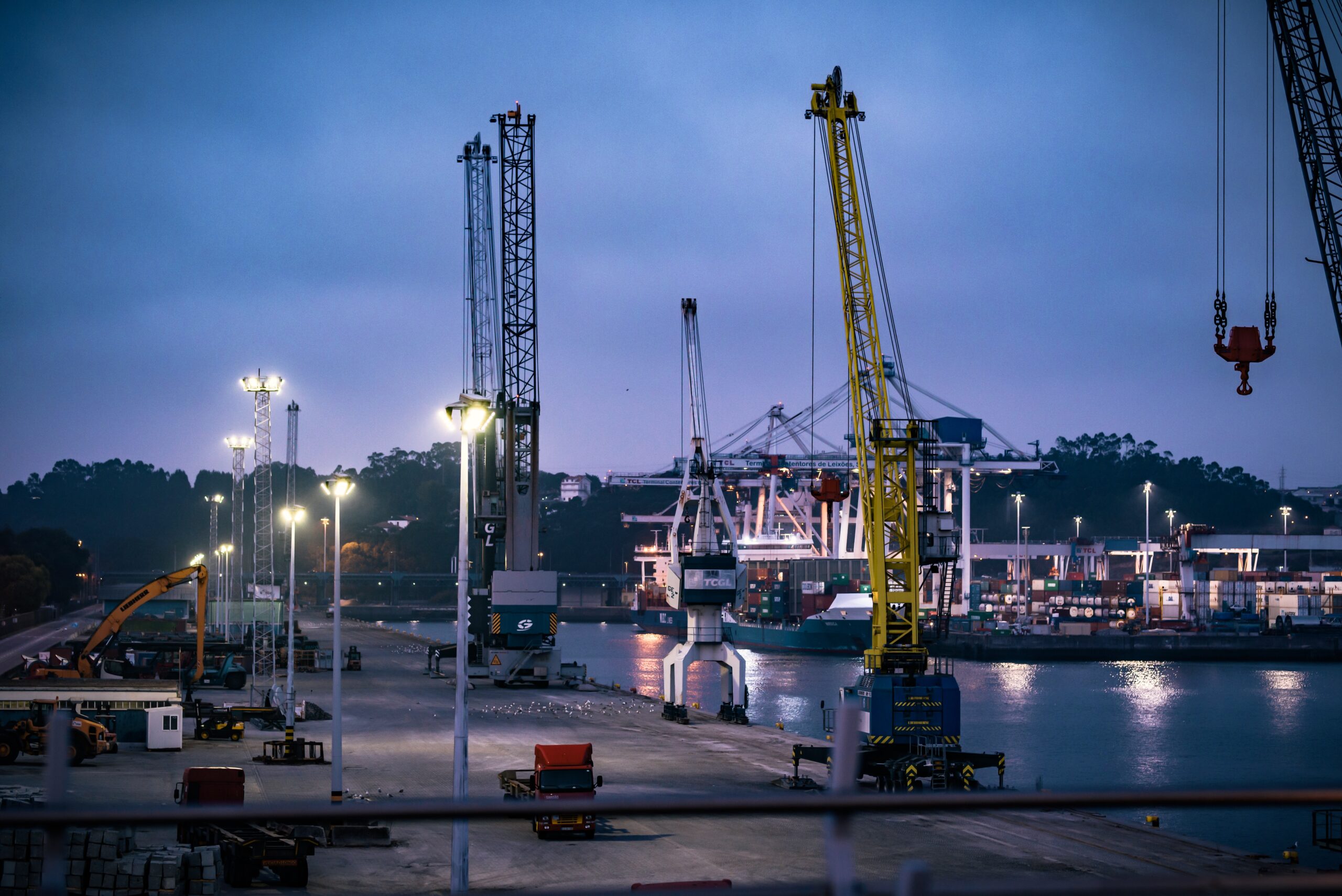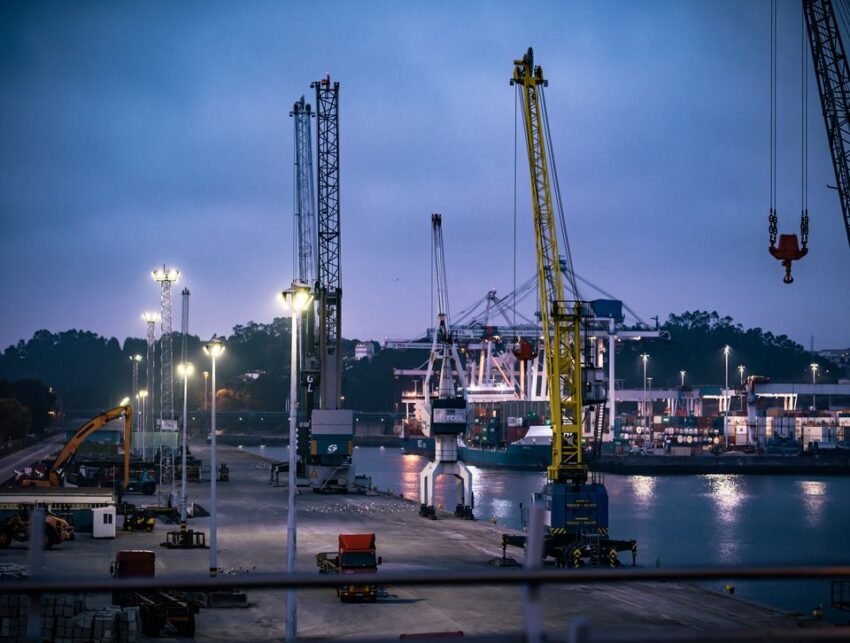The high population level and the extensive geographical coverage of India are two important reasons that are influencing the logistics industry outlook in India for 2023. India is the 5th largest economy in the globe where the logistics sector contributes to over 14% of the country’s net GDP. The value of the logistics sector in 2021 stood at 250 billion USD and by 2025 it will reach around 380 billion USD. Therefore, it can be said without a doubt that the market of independent freight forwarders in this country is growing at an unprecedented rate. Moreover, technological advancements, government initiatives and changes in consumer behaviour are also impacting this sector.
In today’s article, we are going to discuss some of the key logistics industry outlook in India for 2023.

Logistics industry outlook in India for 2023
-
The implementation of the ULIP
The Indian government has been prioritizing the enhancement of this sector and the implementation of the United Logistics Interface Platform (ULIP) is one such endeavour. This is a digital framework that will help to bridge the gulf between the several stakeholders in this sector including manufacturers, government bodies, shippers, customers etc by allowing for real-time data exchange in a secure way. The implementation of the ULIP will greatly enhance visibility in logistics and help to minimize costs and delays. Additionally, it could also promote enterprise efficiency by promoting quality assessment, standardization and of course digitization.
-
Rise of cross border e-commerce
During the pandemic, we have already seen a massive increase in online shopping trends. The next wave of e-commerce growth in India has come from the rising demand of consumers for international products. Moreover, many small and mid-sized manufacturers in India are also selling their products abroad. There is an increase in the number of the international digital market and there are tons of e-commerce sites that are selling international products in India and vice-versa. Consequently, there is a rise in the number of freight and logistics companies. Moreover, these companies are handling unique challenges related to overseas deliveries such as customs, diverse modes of payments, language barriers etc.
-
More emphasis on last-mile
Yet another new development in the freight and logistics industry in India is the focus on effective last-mile delivery. The expansion of the e-commerce section has prompted freight forwarders to emphasize on the transportation of the goods from the distribution centre to the final location. Moreover, the consumer demand for same-day delivery and one-day delivery is encouraging the freight companies to make use of the latest digital solutions.
-
Use of digital tools
Digitization has irrevocably changed the landscape of the transportation and logistics scenario in India. It needs to be mentioned in this context, that the digitization of the logistics sector in India is expected to rise by 8.5% within the next four years. A large number of logistics companies are investing in blockchain tools to allow for increased transparency in their operations, enhance client servicing and minimize the chances of disruption. Similarly, logistics operators are also incorporating other tools of automation such as warehouse management systems, fleet management software, RFID, etc.
Logistics companies in India are also training their workforce to help them deal with technological changes and better cope with the competition. Moreover, the government is also playing a significant role to encourage further digitization in this sector. Blockchain, robotics, cloud, big data, AI and IoT are increasingly being adopted by the companies with the aim to provide cutting edge logistical solutions.
-
Focus on sustainability
Like everywhere else in the world, the supply chain sector in India is trying to come up with new ways to mitigate the impact of logistics on the environment. Therefore, there is a growing commitment to reducing the environmental impact of logistics operations on part of companies both big and small. Moreover, consumers are also aware of the carbon footprint of their purchases and are seeking to find environment-friendly brands that choose sustainable delivery options. Therefore logistics companies are trying their best to lower their carbon footprint by option for electric vehicles, and alternative energy options among other things.
The logistics multinationals like DHL Express are all set to roll out a series of electric vehicles for pick-up and delivery. Small and mid-sized companies also need to follow suit and make necessary changes in their operations to accelerate the decarbonization endeavour of this sector.
Wrapping up
One of the biggest challenges for independent freight forwarders in India is the increase in fuel prices. Additionally, in a conventional sector like transportation and logistics that has typically depended on the manual work process, the implementation of digitization is posing certain challenges. There are still companies that do not realize the full potential of automation and are at risk of ruining their businesses. Another challenge is the lack of control over visibility at every stage of the supply chain. Large-scale adoption of technology can surely help to mitigate a few of the aforementioned problems and it remains to be seen how the logistics sector in India copes with the digital challenge in the coming months.


